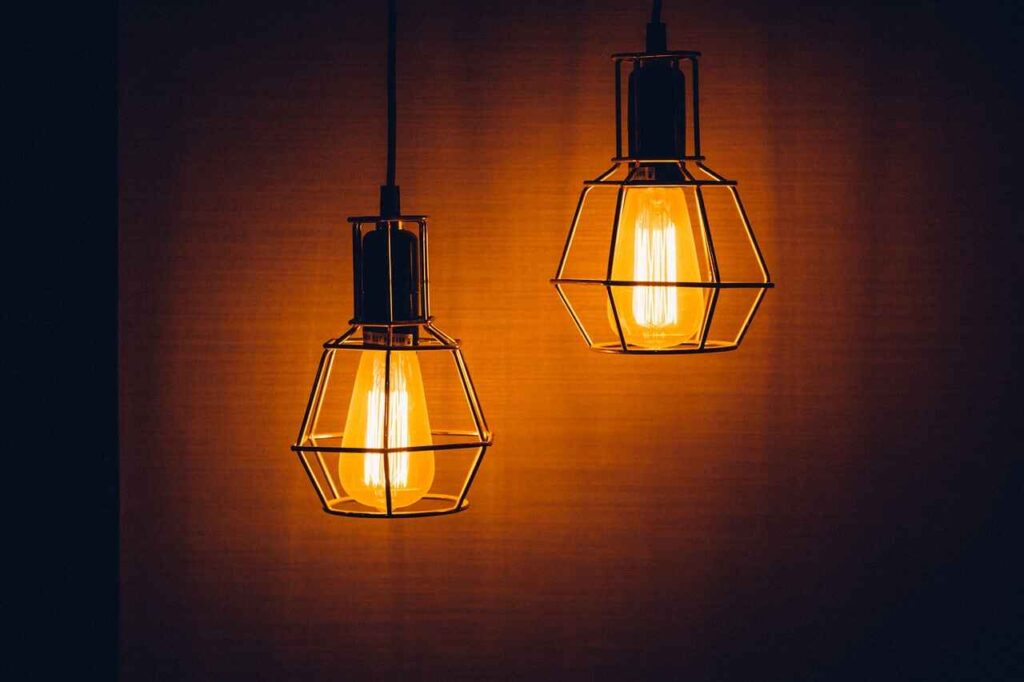Light bulbs have come a long way since the days of energy-guzzling incandescents. Today, the spotlight is on LEDs (Light-Emitting Diodes) and CFLs (Compact Fluorescent Lamps) as the top contenders for eco-friendly lighting. But which one truly shines when it comes to sustainability? Let’s break down their environmental impact, costs, and long-term benefits in simple, relatable terms.

The Basics: How LEDs and CFLs Work
Before comparing, let’s understand the science:
- CFLs: These bulbs use electricity to excite mercury vapor, creating ultraviolet light that illuminates a phosphor coating inside the bulb.
- LEDs: They produce light by passing current through a semiconductor, converting electricity directly into photons (light particles).
This fundamental difference impacts their energy use, lifespan, and environmental footprint.
1. Energy Efficiency: Which Saves More Power?
Energy efficiency is a critical factor in determining “green” credentials.
- LEDs: Use 75-80% less energy than traditional incandescent bulbs. For example, a 10-watt LED replaces a 60-watt incandescent.
- CFLs: Slightly less efficient than LEDs, using 70% less energy than incandescents. A 14-watt CFL equals a 60-watt incandescent.
Verdict: LEDs edge out CFLs here. Over a bulb’s lifetime, this efficiency gap widens, reducing carbon emissions significantly.
2. Lifespan: How Long Do They Last?
Longer-lasting bulbs mean fewer replacements and less waste.
- LEDs: Last 15,000–25,000 hours (15+ years with 3 hours/day use).
- CFLs: Average 8,000–10,000 hours (about 8–10 years).
Verdict: LEDs win again. Their durability cuts down on manufacturing demand, packaging waste, and transportation emissions.
3. Environmental Impact: Production and Disposal
- Mercury in CFLs: CFLs contain 4–5 mg of mercury, a toxic heavy metal. If broken or improperly disposed of, mercury can contaminate soil and water. Recycling CFLs is crucial but underutilized—only ~30% are recycled in the U.S.
- LEDs: Mercury-free but use rare earth metals (e.g., gallium, indium) in semiconductors. Mining these materials has environmental costs, but LEDs are 95% recyclable.
Disposal Tips:
- Use local hazardous waste programs for CFLs.
- Recycle LEDs via e-waste facilities.
Verdict: LEDs are safer post-disposal, but both require responsible recycling.
4. Heat Emission and Energy Waste
- CFLs: Waste 80% of energy as heat, raising room temperature and increasing cooling costs in summers.
- LEDs: Emit almost no heat, staying cool to the touch and saving on air conditioning.
Verdict: LEDs reduce secondary energy costs, making them greener overall.
5. Cost-Effectiveness Over Time
- Upfront Cost: CFLs are cheaper (2–5 vs. LEDs at 5–15).
- Long-Term Savings: A 10-watt LED saves 80–125 in energy costs over its lifespan vs. a CFL’s 40–60.
Example: Replacing 20 bulbs with LEDs could save $1,600+ over 15 years compared to CFLs.
Verdict: Higher initial cost of LEDs pays off exponentially.
The Carbon Footprint Breakdown
A 2017 study by the U.S. Department of Energy found:
- LEDs produce 80% less emissions than incandescents.
- CFLs cut emissions by 70% but lag behind LEDs due to shorter lifespans and mercury risks.
When Might CFLs Still Make Sense?
- Budget Constraints: If upfront costs are a barrier, CFLs are better than incandescents.
- Short-Term Use: For spaces needing light <2 hours/day (e.g., attics), CFLs may suffice.
The Final Word: Which Is Greener?
LEDs are the clear winner for sustainability. They last longer, use less energy, eliminate mercury risks, and save more money over time. However, CFLs remain a decent transitional option for those on tight budgets.
Related articles:
Hi, I’m Malik Suhail—an SEO expert, web designer, and passionate blogger with 2 years of experience. I specialize in crafting content that is not only informative but also tailored to meet the needs of my readers.
I write about diverse topics, always striving to simplify complex ideas and provide valuable insights that resonate with my audience. Whether it’s about SEO strategies, web design trends, or blogging tips, I am committed to delivering well-researched, practical, and easy-to-understand information.
My mission is to help readers navigate the digital world with confidence and clarity. I believe in adding value through authentic content that inspires action and delivers results.


